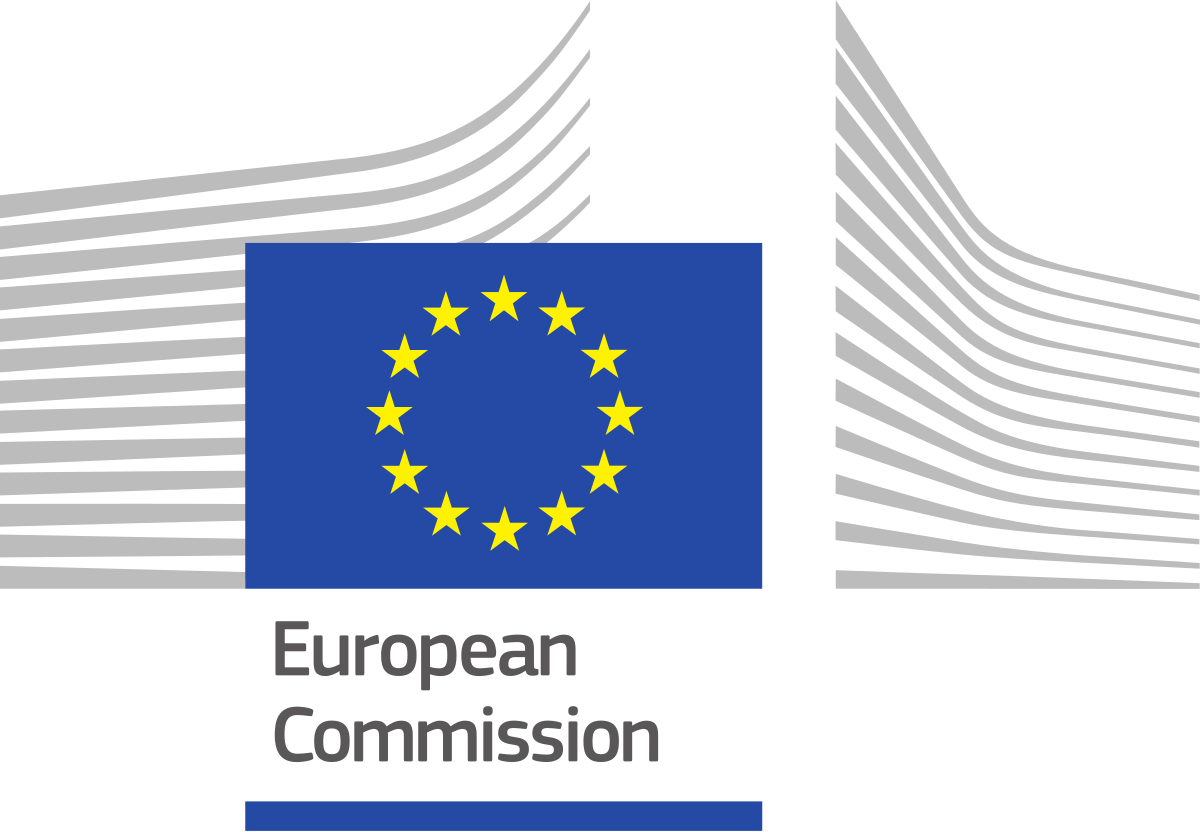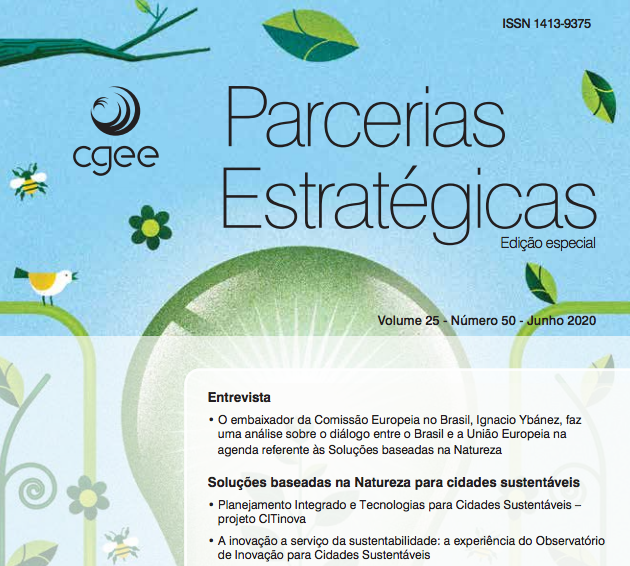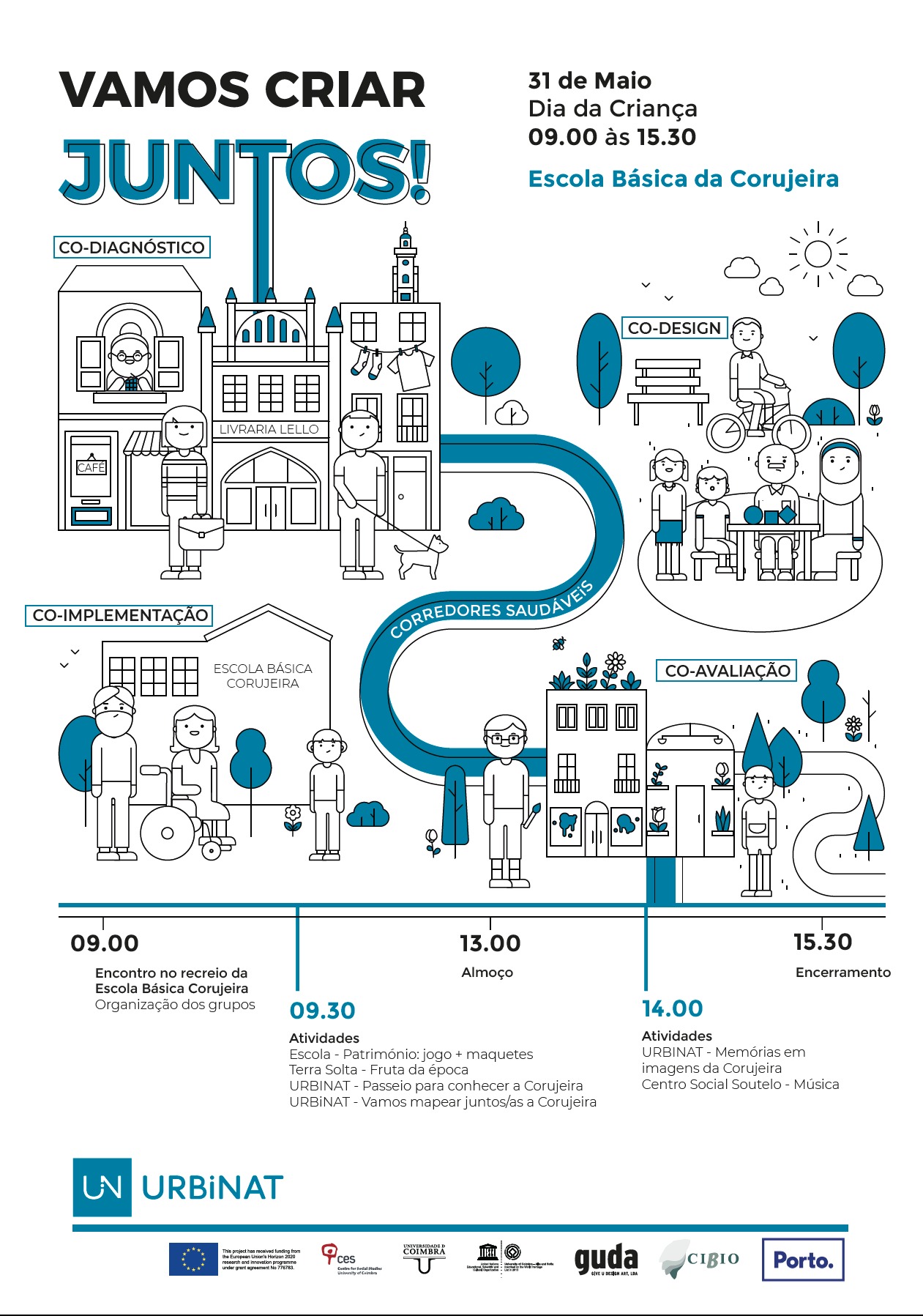The European Commission has published two new guidance documents implementing the Commission’s action plan for nature, people and the economy. The new tools are intended to help planners, policymakers and businesses solve socio-economic challenges, while also protecting and restoring Europe’s nature.
The EU Guidance document on ecosystems and their services in decision-making (part 1, part 2, part 3) highlights the wide range of benefits that flow from nature, and possible ways to take better account of these benefits in policy, planning and business investment decisions.
The EU Guidance document on strategic EU level green and blue infrastructure defines criteria, and available technical and financial support instruments that can help planners integrate natural landscape features into strategic “green and blue infrastructure”.
Nature can be a powerful ally in our efforts to limit climate change and its impacts on people and the planet. Protecting and restoring nature is also an insurance policy for long-term sustainable economic development.
Our quality of life and prosperity depend on ‘ecosystem services’ – the benefits that flow from nature to people. Natural processes provide us with oxygen, clean water, food, medicines and materials. They regulate the climate and the water cycle and mitigate extreme weather, floods and droughts. Urban green spaces, for example, provide habitats for plants and animals but they can also reduce pollution, noise, heat and floods, while increasing the attractiveness of residential areas, encouraging physical activity and contributing to a sense of well-being. Biodiversity and healthy ecosystems determine their ability to provide multiple services.
As we struggle to halt biodiversity loss, the services nature provides to society and the economy can no longer be taken for granted. For example, although land restoration typically provides broader societal benefits such as improved livelihoods that can be up to ten times greater in value than the costs of conventional investments, , such value is typically not recognised or properly accounted for in market transactions, policy, planning and investment decisions. As a result, long-term sustainable investment opportunities are often missed.
These new guidance documents should serve as an important reference point to developing future policy initiatives.





